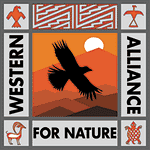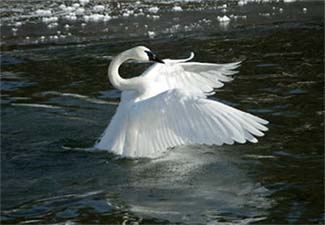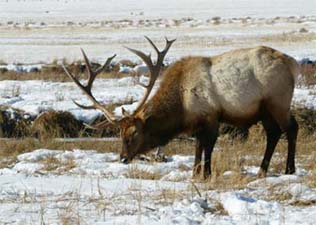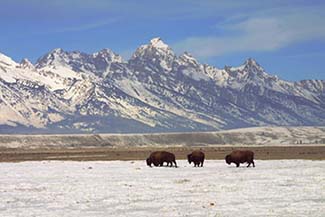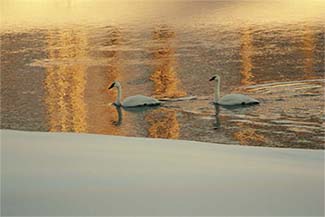The Greater Yellowstone Ecosystem encompasses some of the earth's most cherished wilderness and wildlife. Roughly the size of West Virginia this special land is still predominantly wild. The 18-million acre Greater Yellowstone Ecosystem is one of the largest, relatively intact temperate zone ecosystems left on Earth. Straddling Wyoming, Montana, and Idaho, the Greater Yellowstone Ecosystem includes Yellowstone and Grand Teton national parks, portions of seven surrounding national forests, three national wildlife refuges, and state and private lands.

In the heart of this area is Yellowstone National Park, the world's first national park. Originally designated for human enjoyment it holds the planet's most diverse and intact collection of geysers and hot springs, drawing more visitors from around the world than any other park. Yellowstone National Park is also the largest most intact ecosystem in the contiguous Continental United States. It now harbors populations of many of the species that were present when the first settlers arrived and began to take away their habitats every where else.
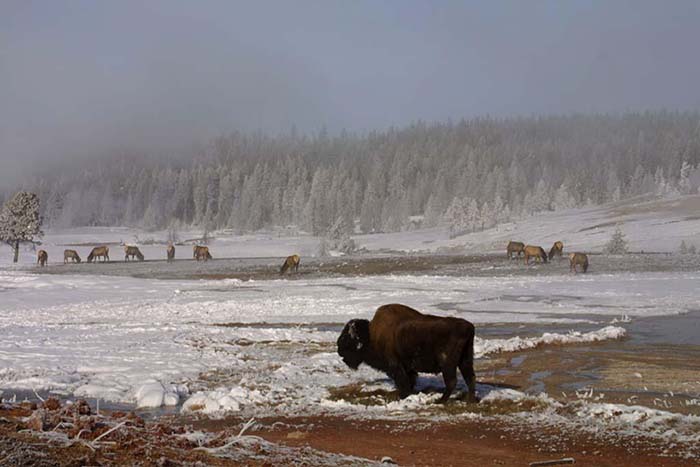
The park is a remnant refuge for hundreds of wildlife species, from endemic micro-organisms inhabiting acidic springs to 300 species of birds including the rare trumpeter swans, the largest herds of elk, free-roaming bison, pronghorn antelope, grizzly bears and the recently introduced wolves.
Wildlife and Human Land Use Conflict:
The icons of wild America have safe haven only within the park boundaries, which are too small for wildlife that historically needed to be able to range across the entire continent. Human land use activities such as livestock conflicts prevent them from expanding their range on many adjacent public lands. When apex predators like wolves, grizzly bears and cougar cross the park border they are considered livestock "marauders" and are destroyed.
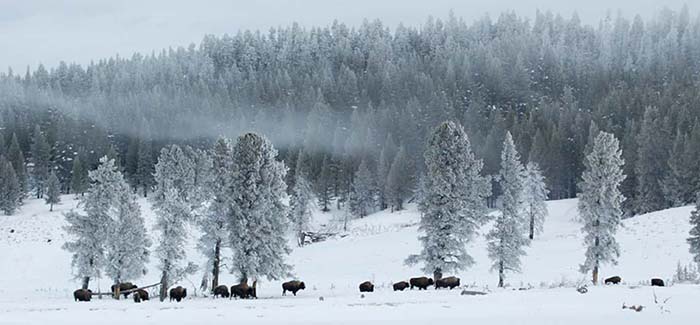
Resolving the Conflict:
For years, environmental groups have tried to compel government agencies to close controversial grazing allotments but the livestock producers have too much political clout. However, purchasing grazing leases and retiring the allotments while allowing the rancher to use the money to purchase other allotments not in conflict with wildlife is a win-win solution for livestock producers as well as for conservationists. The goal is NOT to get rid of all livestock grazing on public lands. The focus is on grazing allotments that experience chronic conflict with wildlife. As it turns out, in most of those situations, the rancher has an incentive to sell because the wildlife conflict is hurting his ability to raise livestock profitably. The retired allotments virtually increases the boundary between the park and surrounding public lands, allowing natural habitat restoration, protection of wildlife and increased natural productivity on lands that were once grazed by sheep and cattle.
|

